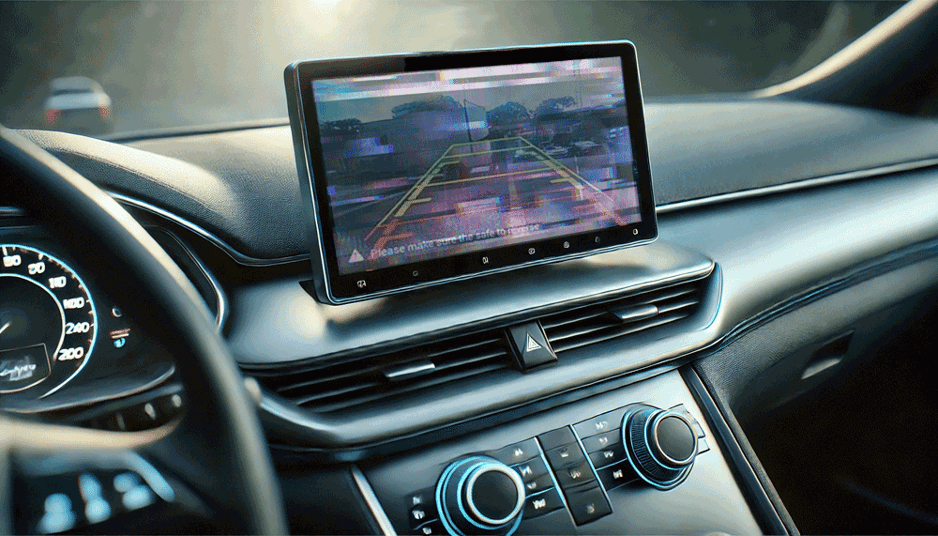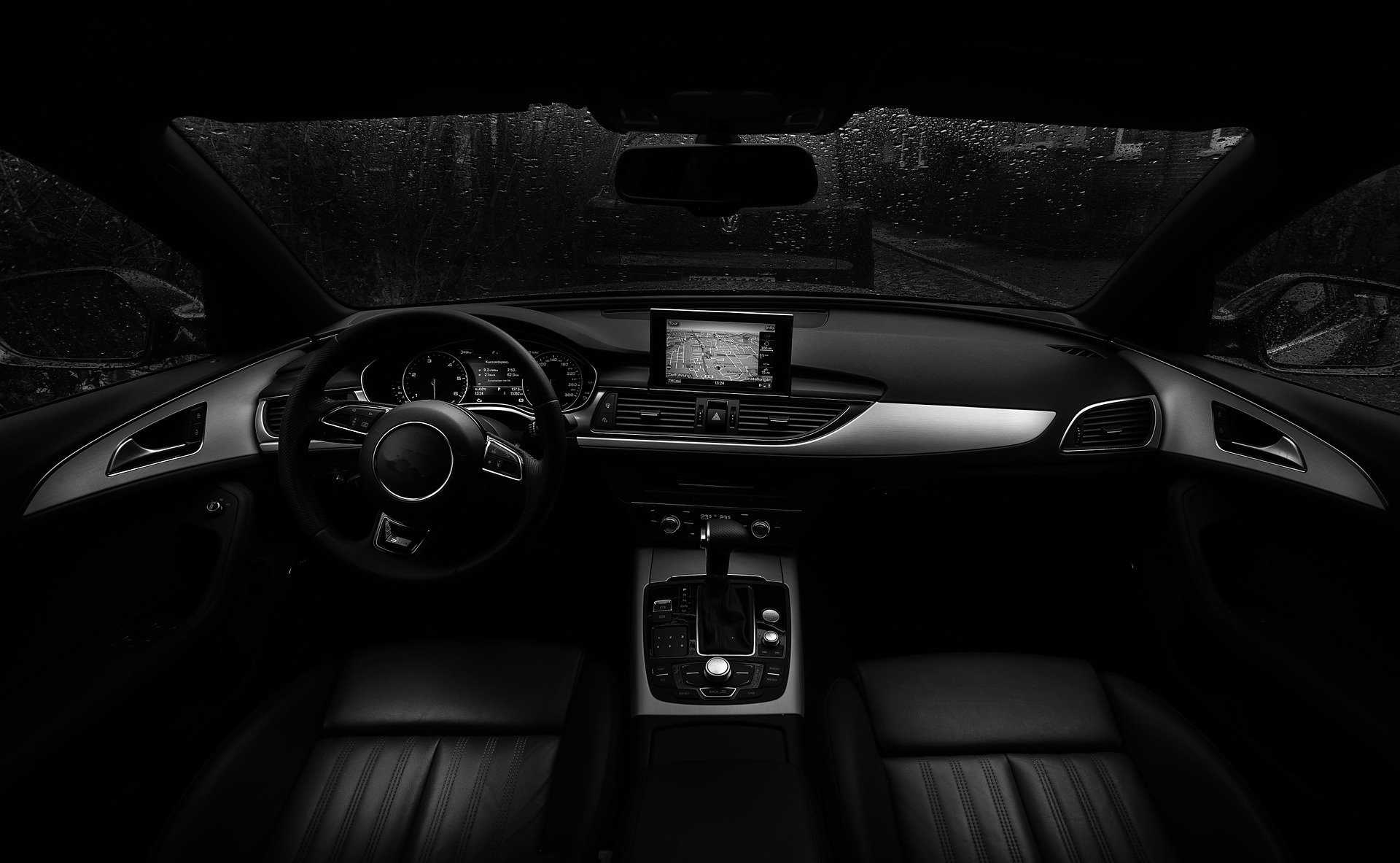Why rearview camera recalls are increasing and how to fix them
The Hidden Complexity Behind Rearview Camera Recalls: How Automation Can Help Automakers Avoid Costly Mistakes
Rearview camera recalls are becoming increasingly common, with major automakers like Ford, Volkswagen, Stellantis, and Honda issuing recalls in recent months due to issues with camera displays. These recalls highlight a significant challenge which exists in the automotive industry: ensuring that advanced infotainment systems, which integrate hardware and software seamlessly, function correctly across all conditions.
A recent article from Autonews highlighted the ongoing transition of vehicles from hardware-based to software-based systems is increasing the potential for issues stemming from rearview camera.

A Rising Tide of Rearview Camera Recalls
several major automakers including Ford, Honda, Stellantis and VW group have recently issued recalls related to rearview camera malfunctions; including rearview camera images not displaying due to interference, delayed or deactivated rearview camera images, or rearview camera images simply not displaying at all.
These recalls show the challenges in ensuring the seamless operation of modern infotainment systems. These issues are thrown into sharp focus when they involve critical safety features like rearview cameras. Importantly, these issues were not traced back to a single supplier, suggesting that the problem lies deeper within the integration of software and hardware within the vehicle.
The Problem: Complex Integration of Software and Hardware
As the automotive industry evolves toward software-defined vehicles, the integration of software and hardware has become more complex. In the past rearview cameras operated through simple mechanical switches, today’s rearview camera systems are deeply intertwined with the vehicle’s electronic architecture. This complexity makes it challenging to validate software—especially when it must function flawlessly within the hardware context.
The U.S. Federal Motor Vehicle Safety Standard 111 (FMVSS-111) mandates that all new vehicles sold in the U.S. must have a rearview camera system and similar legislation exists in Canada and Europe. These standards mean rear camera systems are no longer seen as a parking assistance features, but as safety features, making it easier to trigger recalls.
These challenges are not limited to rearview cameras. Similar issues arise across other components of the infotainment system and vehicle cameras, where conflicts between the car's native functionalities and external systems like Android Auto and Apple CarPlay can lead to inconsistencies, user frustration, and potential safety concerns.

Rear view cameras and proliferation of vehicle cameras and sensors
Case Analysis: Competing Functionalities and Their Impact
Problems often arise from the competition between the car’s native infotainment system and the functionalities provided by screen projection modes like Android Auto and Apple CarPlay. These external systems, while offering convenience, can disrupt the vehicle’s native operations, leading to issues such as Inconsistent screen transitions, users switching between native interfaces, rear view cameras and projection modes may experience delays, freezes, or failures, particularly in critical moments such as when the rearview camera should be activated.
Car makers face a significant technical challenge in meeting the FMVSS-111 requirements which mandate that live rearview camera footage must appear on the display within two seconds of the driver shifting into reverse.
The Solution: Leveraging Advanced Automated Testing
Given the complexity of infotainment system functionality, automakers need more robust testing solutions to ensure all systems work as expected, especially under the varied conditions they will face in real-world use. This is where automated testing platforms, such as Nextgen’s ATAMConnect, come into play.
Emulating Real-World Scenarios: Automated testing platforms can simulate the full range of user journeys through an infotainment system, including transitions between the native OEM system, CarPlay, Android Auto, and the rearview camera. By running these simulations hundreds of times, these systems can identify issues that might only occur intermittently, ensuring they are resolved before the vehicle reaches the consumer.
Vision Systems for Accurate Testing: Modern automation tools can use vision systems to monitor and interpret screen information, ensuring that transitions between modes are smooth and error-free. This technology can also detect whether the rearview camera activates correctly every time it is needed, regardless of other ongoing processes.
Ongoing Regression Testing: Automated platforms like ATAMConnect are also invaluable for regression testing, particularly for over-the-air (OTA) software updates. As vehicles receive updates to their infotainment systems, these automated tests can be rerun to ensure that no new issues have been introduced and that all functions, including the rearview camera, continue to operate as intended.

Avoiding Costly Recalls with Automation
As the automotive industry continues its shift towards software-defined vehicles, the need for rigorous testing of infotainment systems will only grow. The complexity of testing these integrated systems means that traditional testing methods are no longer sufficient. This is where advanced automated testing plays a crucial role in identifying and resolving these issues before they reach consumers, preventing recalls and enhancing overall vehicle reliability.
The increasing number of rearview camera recalls serves as a stark reminder of the challenges automakers face in ensuring these systems work seamlessly. By leveraging advanced automated testing solutions, such as those offered by Nextgen, automakers can better identify and resolve potential issues before they reach the consumer, avoiding costly recalls and enhancing the overall driving experience.
In a world where customer expectations for vehicle technology are higher than ever, ensuring the reliability of infotainment systems is not just a technical challenge, it’s a critical component of brand reputation and customer satisfaction. With the right tools and a proactive approach to testing, automakers can navigate these challenges and deliver the seamless, integrated experiences that modern drivers demand.
Find out more about Nextgen ATAM Connect test automation
To discover how robust test automation can help ensure rear view camera reliability and a seamless consumer infotainment experience, contact us today.




